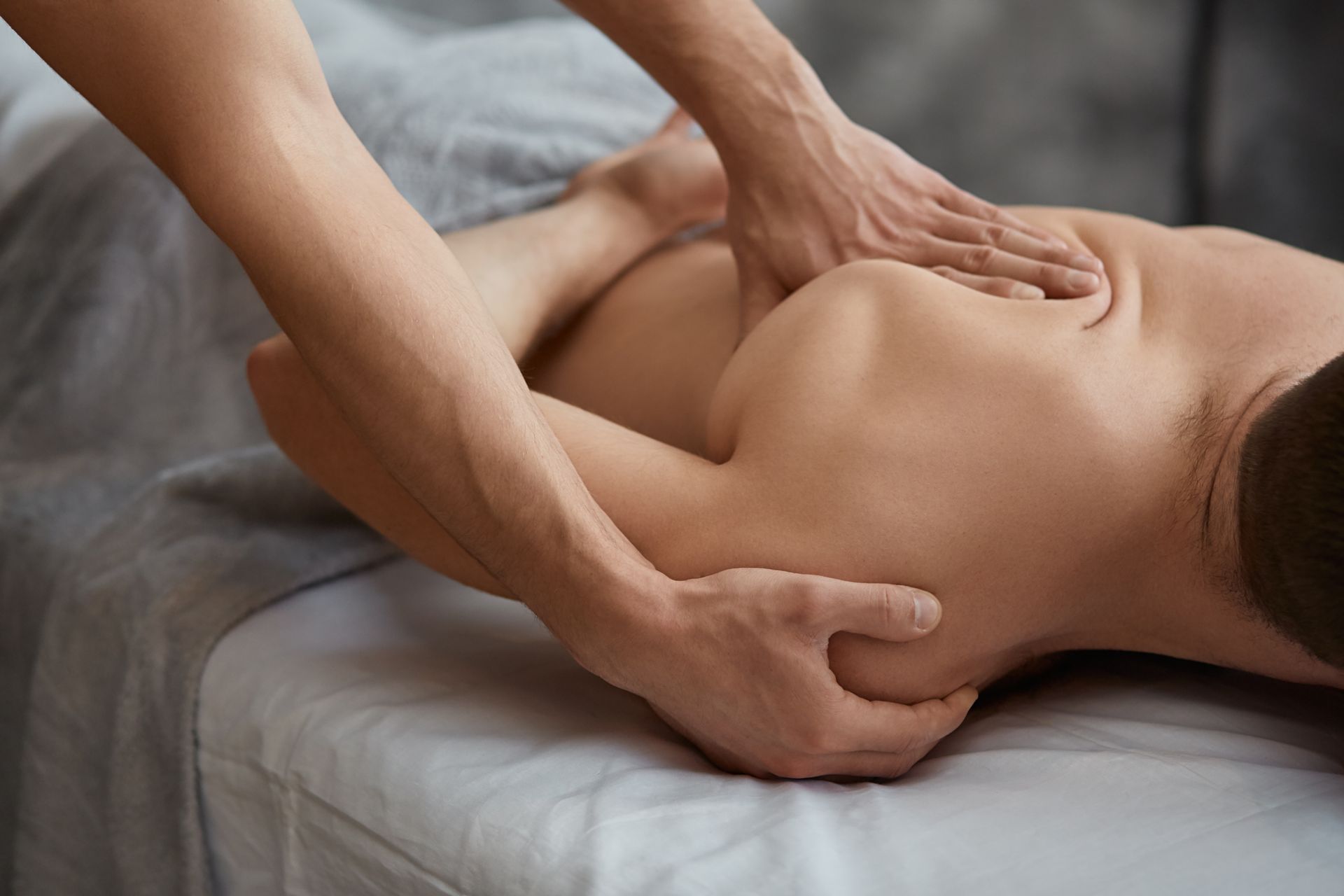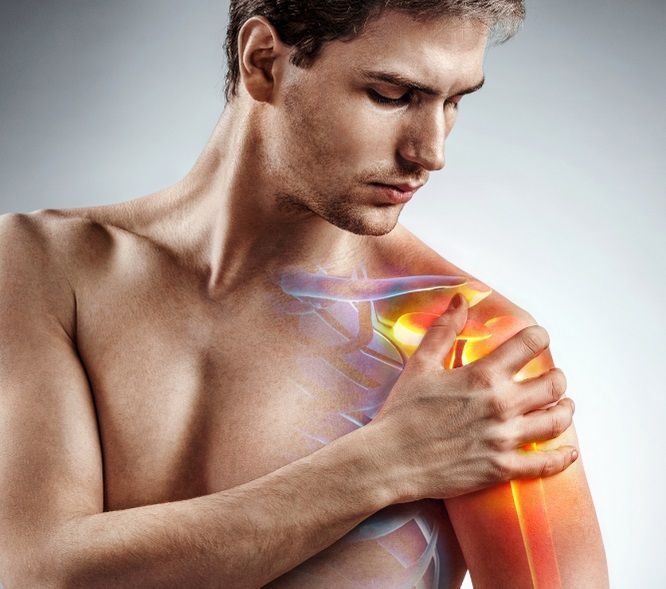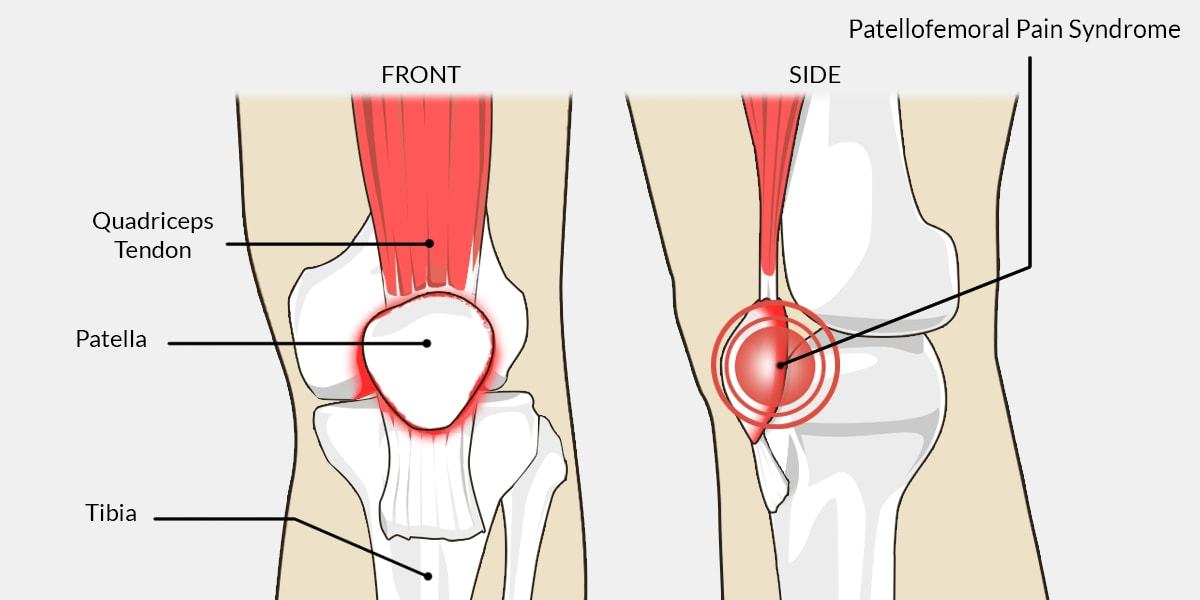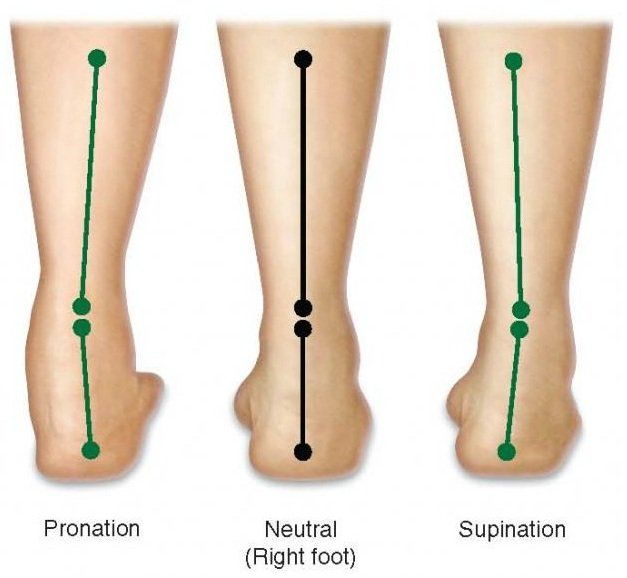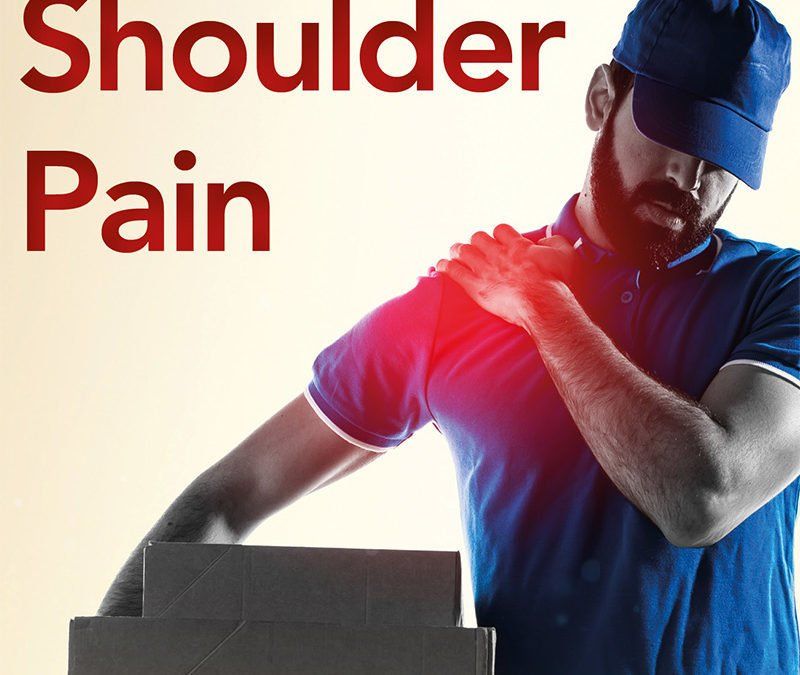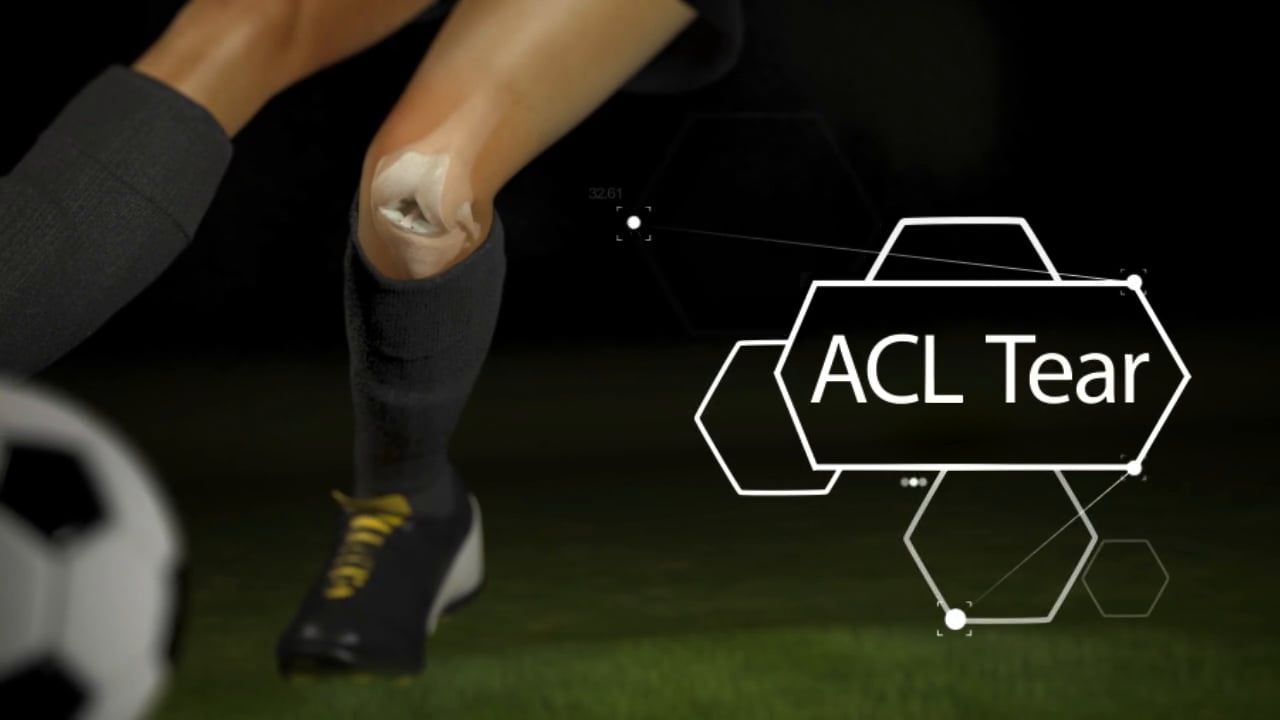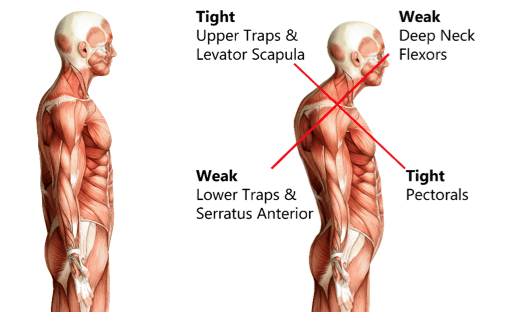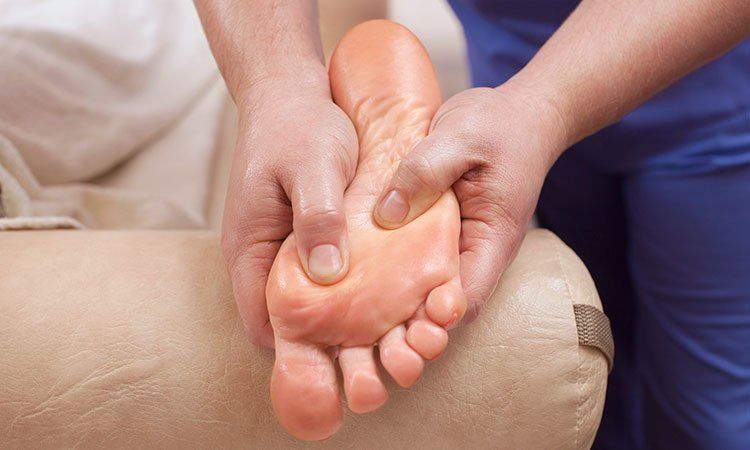How to Improve Your Ankle Stability and Strength
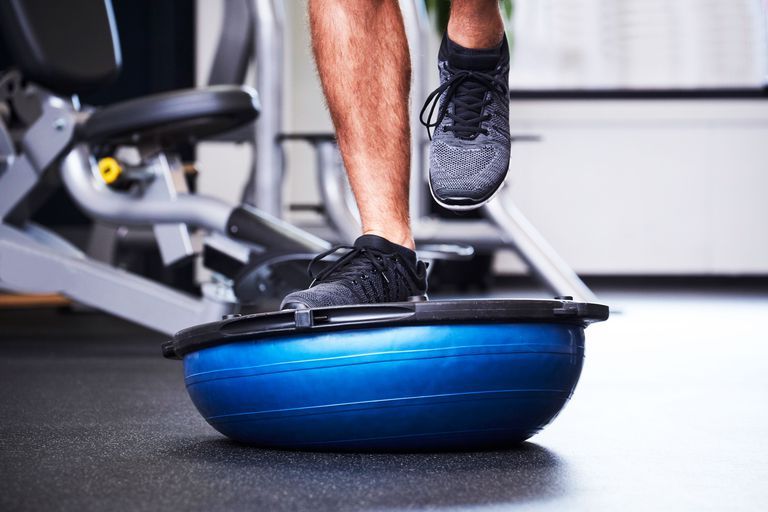
Do you have ankle issues?
Weak and wobbly ankles could easily lead us to many different types of injuries, so before you get ready for a big lower-body workout, speed workout, or long run, make sure you are steady on your feet underneath you.
Proprioception exercises, can be very helpful to prevent many ankle injuries, and therefore you need to add some to your strengthening training routine.
What Is Proprioception?
You can strengthen the muscles in and around your ankles all you want, but if you lack good proprioception, your ankle strength isn’t going to help you. Proprioception is perception or awareness of your body’s position and movement in space. Basically, it’s your brain’s ability to orient yourself in space.
There is a feedback loop between your peripheral nervous system (particularly sensory receptors) and your brain that helps your brain send the quick signals it needs to help you stabilize long before you have had time to make a conscious decision about which muscles to activate. So, for better ankle stability, you’ll want to bolster both systems—the neuromuscular and the musculoskeletal systems.
Ankle Strengthe
ning Exercises:
Many of the strengthening exercises for the ankle focus on ankle stability, which is important for any running or jumping sport, as well as daily function. But ankle stability doesn’t just come from your muscles—it also comes from your brain. This is where proprioception matters. By practicing these drills, you can help your brain know how and when to stabilize the ankle joint, and support that system with stronger ankle muscles. Followings are a few examples of a mixture of strength, and proprioception exercises for the ankle:
- Standing Heel Raise
- Single-Leg Balance on Unstable Surfac
-
Resisted Ankle Eversion and Inversion
-
Star Exercise
-
Squat Jump
-
Squat on Balance Board
-
Soleus Press
